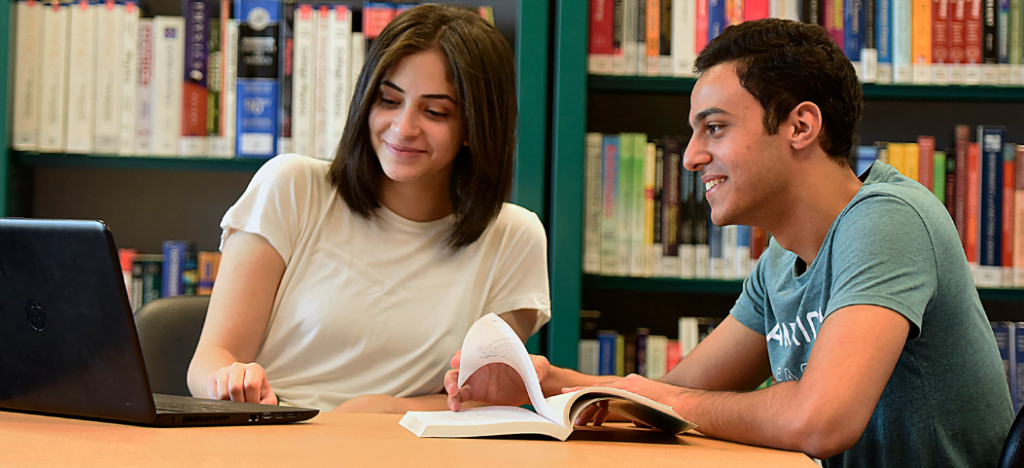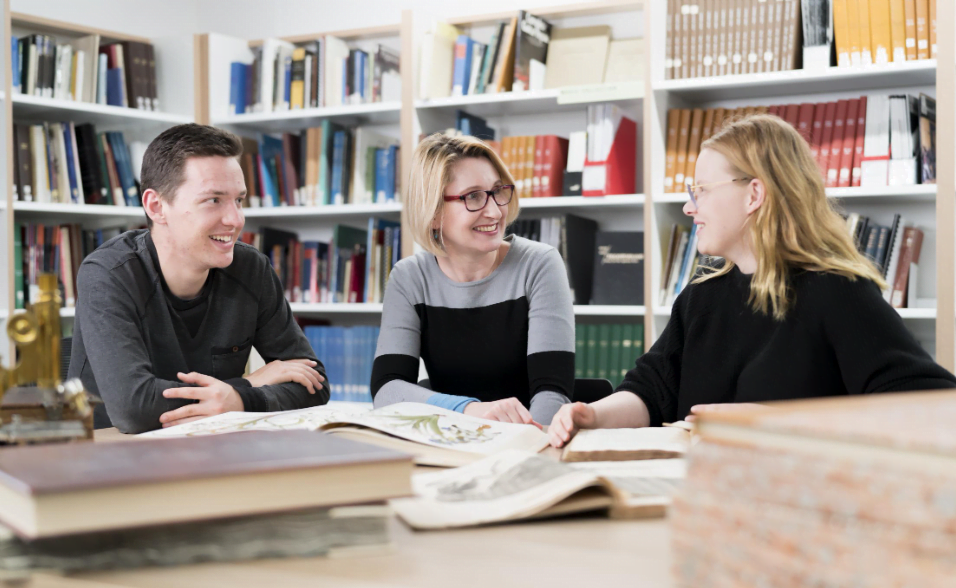Critical Theory in Education, Education is a powerful tool that shapes the future of society. Through education, individuals acquire the knowledge and skills necessary to navigate the world and participate in social, cultural, and economic life. However, education is not a neutral endeavor. It is deeply rooted in power dynamics, and these dynamics are often shaped by broader social, cultural, and political structures. Critical theory provides a lens through which to analyze the intersection of power and knowledge in education. In this article, we will explore the concept of critical theory in education and its applications.
What is Critical Theory?
Critical theory is a philosophical approach that seeks to challenge existing social, cultural, and political structures. It emerged in the mid-20th century in response to the rise of totalitarianism and fascism in Europe. The founders of critical theory were a group of scholars associated with the Frankfurt School, a group of philosophers, sociologists, and cultural critics based at the Institute for Social Research at Goethe University Frankfurt in Germany.
Critical theory is based on the idea that power relations are embedded in all aspects of society, including culture, politics, and economics. These power relations are not natural or inevitable, but rather the result of historical and social processes. Critical theory aims to uncover the underlying power dynamics that shape social relations and to expose the ways in which dominant groups maintain their power and privilege.
Critical Theory in Education
Critical theory has been applied to many fields, including education. In education, critical theory provides a framework for analyzing the relationship between power and knowledge. It examines the ways in which education systems reproduce existing power structures and how these structures are reinforced through curricula, teaching methods, and assessment.
Critical theory in education seeks to challenge the dominant culture of education and to promote a more equitable and inclusive education system. It does this by examining the power dynamics that shape education and by exploring alternative approaches that prioritize social justice and equity.
Applications of Critical Theory in Education
There are many applications of critical theory in education. One example is the critical pedagogy movement, which emerged in the 1960s and 1970s. Critical pedagogy emphasizes the role of education in promoting social justice and equity. It encourages teachers to challenge traditional teaching methods and to create a more democratic and participatory learning environment.
Another example of the application of critical theory in education is the concept of cultural capital. Cultural capital refers to the cultural knowledge and resources that are valued in society. Critical theorists argue that education systems often prioritize the cultural capital of dominant groups, such as white, middle-class, and male students. This can create a bias in education that disadvantages students from marginalized groups. Critical theory in education seeks to address this bias by promoting the inclusion of diverse cultural perspectives and knowledge systems in education.

A third example of the application of critical theory in education is the concept of neoliberalism. Neoliberalism is a political and economic ideology that emphasizes free-market capitalism and individualism. Critical theorists argue that neoliberalism has had a profound impact on education, leading to the privatization and commercialization of education and the erosion of public education systems. Critical theory in education seeks to challenge the neoliberalization of education and to promote the importance of public education in a democratic society.
One of the main criticisms of critical theory in education is that it can lead to a focus on the negative aspects of society, and can create a sense of hopelessness among students. Some argue that this approach does not adequately address the complexity of societal problems, and may even hinder progress towards positive change. Additionally, some critics argue that critical theory can be overly ideological, and may prioritize political agendas over the actual needs and experiences of students. Despite these criticisms, critical theory in education remains a valuable tool for educators and scholars to challenge power structures and work towards creating more equitable and just educational systems.
Importance of Critical Theory in Education
Critical theory in education is important because it provides a framework for understanding the ways in which power structures and social hierarchies impact educational systems and outcomes. By critically examining these structures and challenging dominant narratives, educators and scholars can work towards creating more equitable and just educational systems. Additionally, critical theory in education can help to promote critical thinking and reflexivity among students, encouraging them to question existing power structures and to engage with societal issues in a more informed and nuanced way.
Advantages and Disadvantages of Critical Theory in Education
Like any theoretical approach, critical theory in education has both advantages and disadvantages. Some advantages include its ability to challenge power structures and promote social justice, its emphasis on critical thinking and reflexivity, and its potential to create more equitable educational systems. However, some disadvantages include the potential for ideological bias and the focus on negative aspects of society, which can create a sense of hopelessness among students. Additionally, some critics argue that critical theory in education does not adequately address the complexity of societal problems.
Types of Critical Theory
There are several types of critical theory, each with its own focus and approach. Some of the most commonly cited types of critical theory include critical race theory, feminist theory, postcolonial theory, and queer theory. Each of these theories seeks to understand how power structures and social hierarchies impact different groups of people, and to challenge dominant narratives and structures in order to promote social justice and equity in society. By understanding the different types of critical theory, educators and scholars can better apply these.
Critical Theory in Education Examples
Examples of critical theory in education can be found in a variety of settings and practices. One example is the use of critical pedagogy in the classroom, which encourages students to critically examine power structures and societal norms in order to promote social justice. Another example is the application of critical race theory in education, which seeks to understand the ways in which race and racism impact educational systems and outcomes. By examining these and other examples, educators and scholars can better understand how critical theory can be applied in practice.
Critical Theory in Education Essay
Essays are a common medium for discussing critical theory in education, allowing for a more detailed and in-depth exploration of theoretical concepts. By writing essays on critical theory, students and scholars can engage with the ideas in a more nuanced way, and can provide detailed analysis and critique of existing educational practices. Essays can also facilitate dialogue and collaboration among educators and scholars, and can help to promote critical thinking and reflexivity in educational practices.
Critical Theory in Education PDF
The availability of critical theory in education in a PDF format is a valuable resource for educators and students. PDFs allow for easy access and distribution of theoretical ideas, making it easier for individuals to engage with critical theory and apply it in their educational practices. Additionally, the ability to download and share PDFs enables a wider dissemination of critical theory and can promote collaboration and dialogue among educators.
Critical Theory in Education PPT
PowerPoint presentations can be a useful tool for presenting critical theory in education. By using visuals and concise language, PowerPoint presentations can effectively convey complex theoretical ideas to students and educators. Additionally, PPTs can be easily shared and modified, making them a flexible and accessible resource for educators seeking to incorporate critical theory into their teaching practices.
Critical Theory in Education Slideshare
Slideshare is an online platform that allows users to share PowerPoint presentations and other media. Critical theory in education slideshares can be a useful tool for educators and students to access and share theoretical ideas, and to engage with critical theory in a visual and accessible way. Slideshare presentations can also promote collaboration and dialogue among educators, and can provide a platform for educators to share their own experiences and insights.
Conclusion
Critical theory provides a powerful framework for analyzing the intersection of power and knowledge in education. By examining the power dynamics that shape education, critical theory in education promotes a more equitable and inclusive education system. It challenges the dominant culture of education and promotes alternative approaches that prioritize social justice and equity. Critical theory in education is a valuable tool for educators, researchers, and policymakers who are committed to creating a more just and democratic society.

